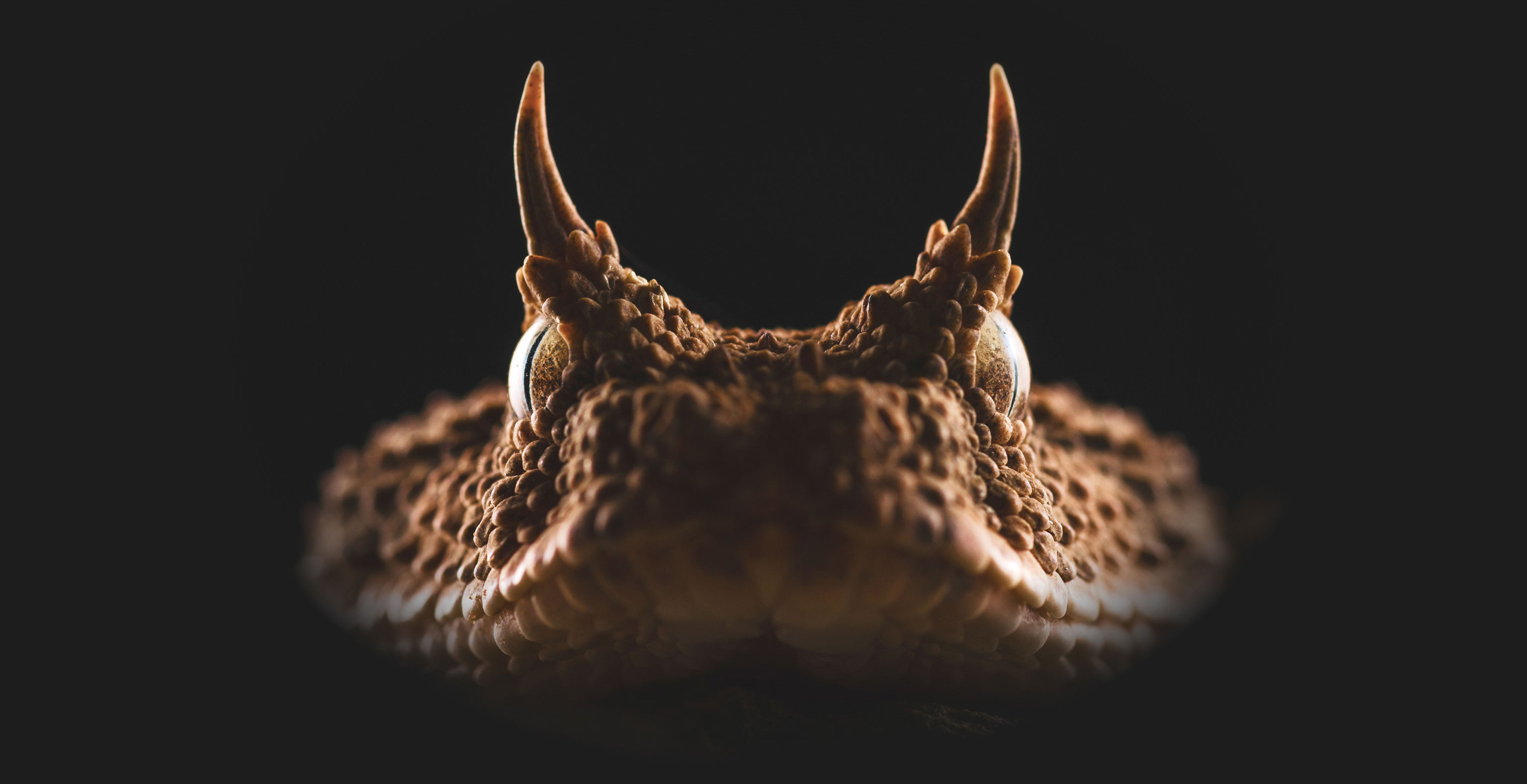
HANDBOOK OF
THE REPTILES OF THE WORLD
The most comprehensive reference to the class Reptilia
The most comprehensive reference
to the class Reptilia
Discover more

THE COMPLETE SERIES
The Handbook of the Reptiles of the World is a landmark multi-volume reference that will cover every currently recognized reptile family and species worldwide.
Conceived as the definitive resource on reptile diversity, it brings together an international network of leading specialists to provide authoritative texts, standardized species treatments, and up-to-date conservation assessments.
With hundreds of original plates and thousands of photographs, the series offers an unparalleled synthesis of the biology, ecology, and conservation of reptiles across the globe.
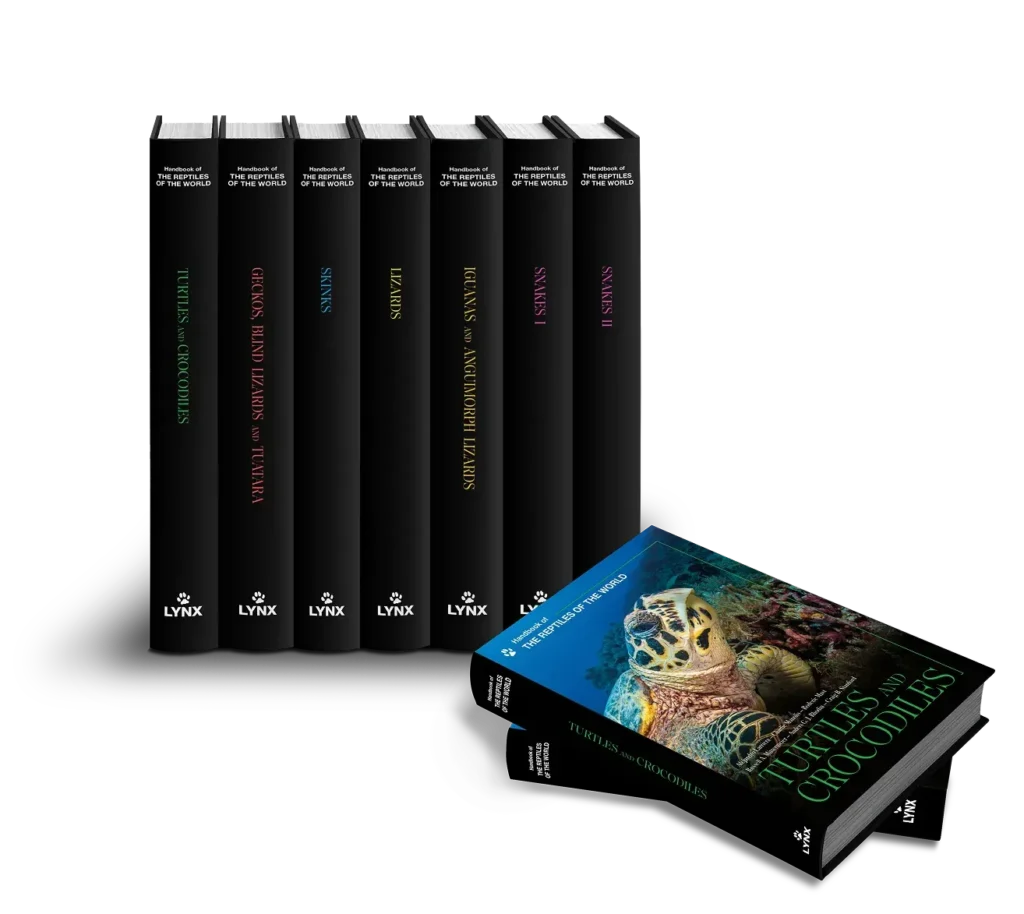
Volumes:
- Turtles and Crocodiles
- Geckos, Blind Lizards and Tuatara
- Skinks
- Lizards
- Iguanas and Anguimorph Lizards
- Snakes I: Colubrids
- Snakes II
Explore the series beginning with its first volume,
TURTLES AND CROCODILES
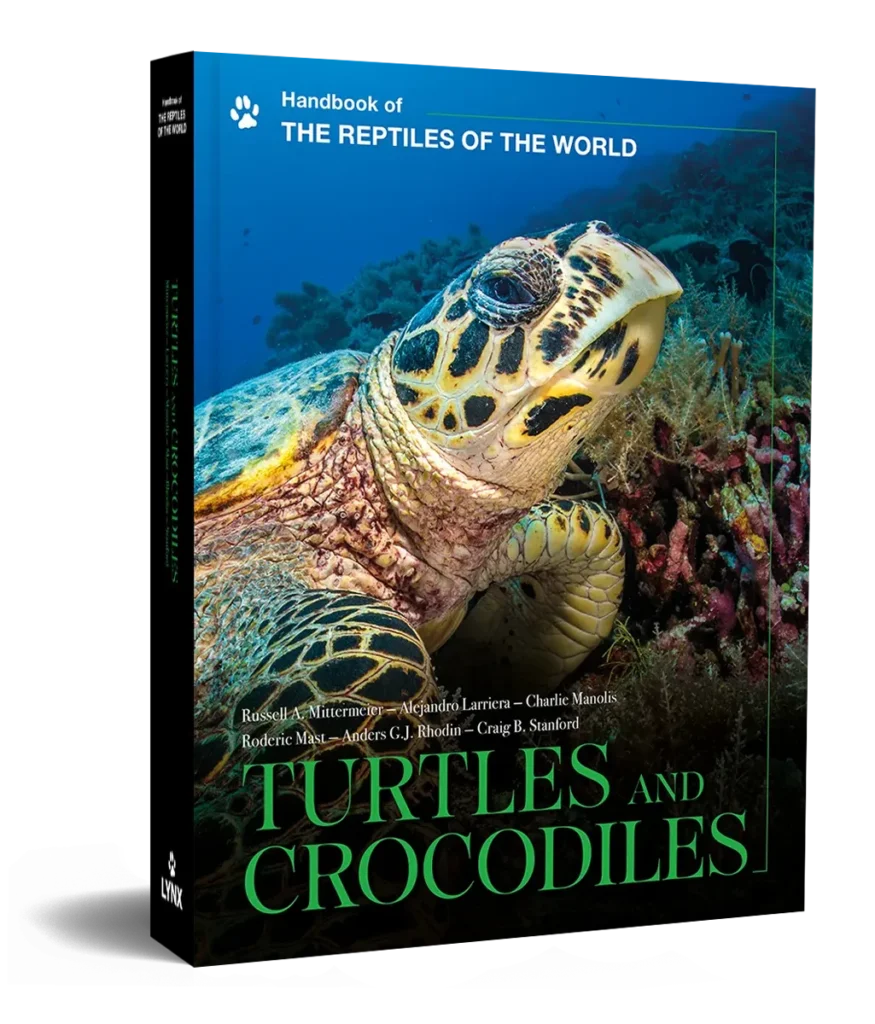
The first volume of the Handbook of the Reptiles of the World will be published in early 2026.
It covers all families of turtles (Testudines) and crocodilians (Crocodylia), presenting the most up-to-date taxonomy, distribution, and conservation information.
Richly illustrated with plates and photographs, it offers a detailed treatment of these groups, from the evolutionary history and ecological roles of turtles and crocodiles to the urgent conservation challenges they face today.
The book highlights iconic reptiles such as sea turtles, tortoises, and the Saltwater Crocodile, while also drawing attention to many lesser-known but equally remarkable species that exemplify the diversity of these groups.
Each volume of the Handbook of the Reptiles of the World is organized
into chapters, with one chapter devoted to each reptile family.
Each volume of the Handbook of the Reptiles of the World is organized into chapters, with one chapter devoted to each reptile family.
Every chapter consists of two complementary parts:
Family Text
An illustrated overview describing the family’s systematics, morphology, habitats, ecology, and conservation. The Family Text also includes a summary box with diagnostic features, distribution, habitat, and conservation status, while the main text is complemented by color photographs that illustrate the subjects covered and the diversity of the group.
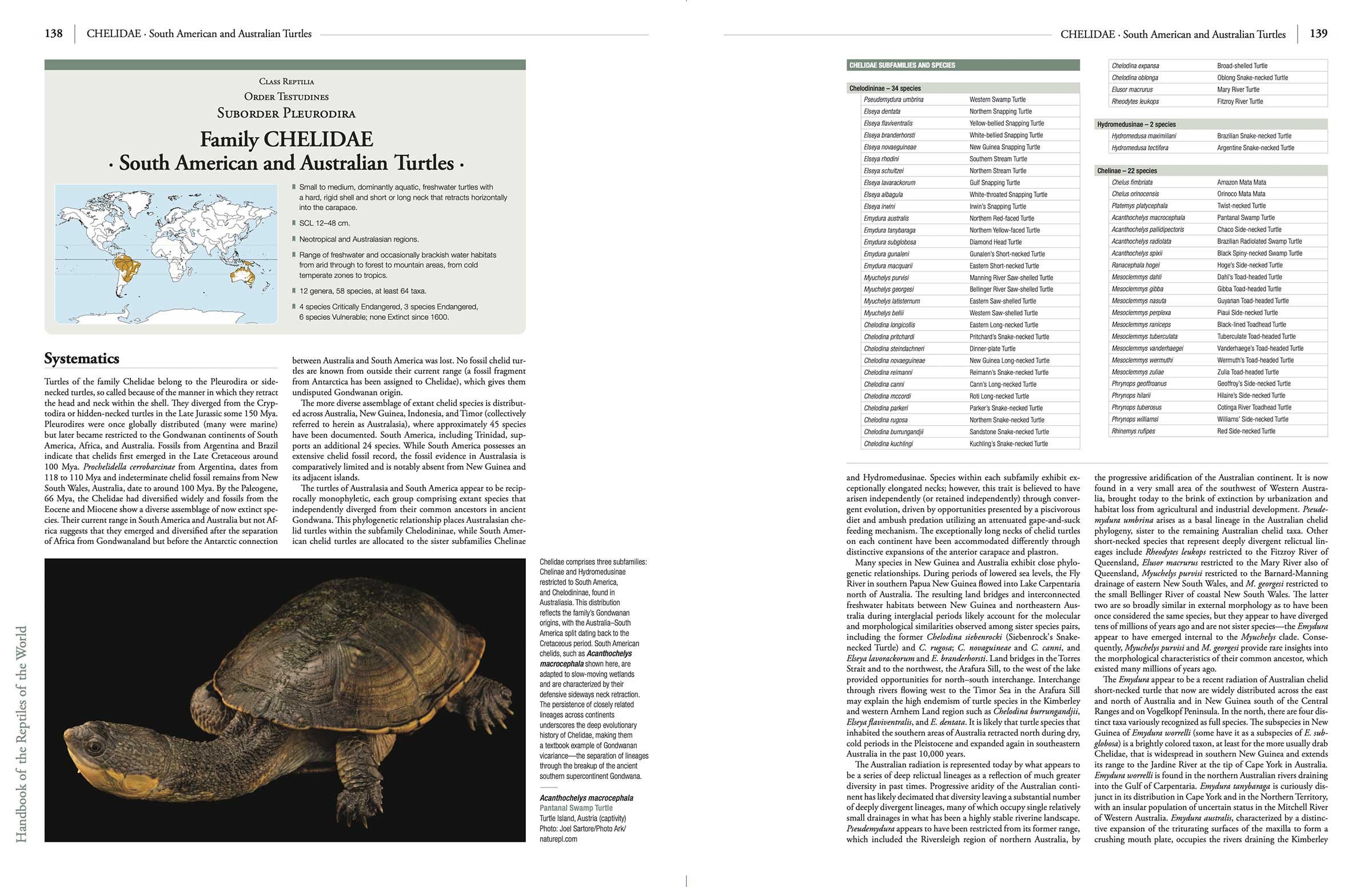
Summary box: quick family overview with classification, key traits, size range, regions, habitats, taxon totals, conservation status, and a global distribution map.
Subfamily and species table: complete list of species in phylogenetic order, divided by subfamilies and giving each species’ scientific and English common name.
Family text: comprehensive chapter on each family, written by experts and offering accessible information for specialists and enthusiasts on Systematics, Morphological Aspects, Habitat, General Habits, Food and Feeding, Reproduction, and Status and Conservation.
Family text: comprehensive chapter on each family, written by experts and offering accessible information for specialists and enthusiasts on Systematics, Morphological Aspects, Habitat, General Habits, Food and Feeding, Reproduction, and Status and Conservation.
Captions: detailed photo captions adding information and examples that expand on the different topics of the family text.
Photos: each chapter is richly illustrated with high-quality photographs, complementing the texts and visually showcasing the diversity of the family.
Species Plates
A comprehensive set of color plates that present every genus and species in the family. Genera are introduced by genus boxes, and each species entry provides the scientific name with author and date, English common name, illustration with key ID traits, distribution map with range summary, conservation status, standard measurements, and concise notes on habitat and activity pattern.
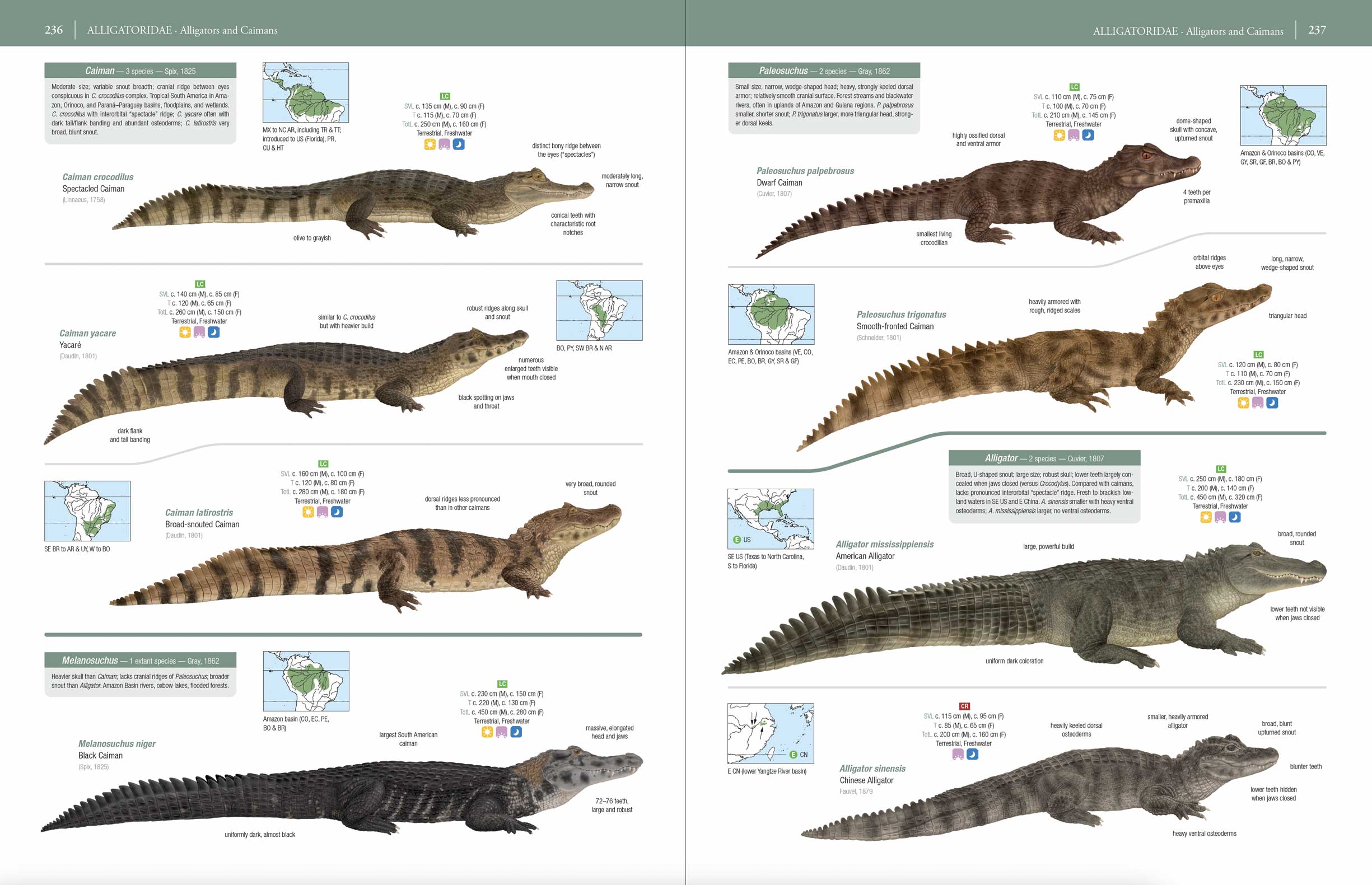
Genus box: overview of genus-level characteristics and key differences among species.
Range: concise range descriptions, including introduced populations; also Altitude information provided when relevant.
Illustrations: precise color artwork of every species, showing diagnostic features.
Identification notes: concise highlights of distinctive traits to aid recognition and differentiation.
Maps: updated distribution maps at species level, indicating extant natural range.
Measurements: standardized data on body sizes, facilitating comparison across species.
Habitat: summary of natural habitats used.
Endemics: all one-country endemics marked on the map.
Conservation status: IUCN Red List category clearly indicated for each species.
Activity pattern: icons indicating periods of activity.
Taxonomy: scientific and English common names, with authorship and year of description.
Series Editors
Russell A. Mittermeier
Alejandro Larriera
Charlie Manolis
Roderic Mast
Anders G.J. Rhodin
Craig B. Stanford
Scientific Editor
Ru Somaweera
Authors
Ashleigh Bandimere
Deborah Bower
John Carr
Indraneil Das
Carla Eisemberg
Arthur Georges
Alejandro García Salmerón
Juan Pablo Hurtado
Alejandro Larriera
Minh Duc Le
Luca Luiselli
Charlie Manolis
Albert Martínez-Silvestre
Roderic Mast
Donald McKnight
Francesc Muñoz
Santiago Poch
Michael Skibsted
Mario Vargas-Ramírez
Philipp Wagner
Illustrators
Lluís Sogorb
Davina Falcão
Jessica Rojas
Faansie Peacock
Ana Fernández
Blanca Martí
Martí Franch
Table of Contents
Foreword
Introduction
Class Reptilia
Order Testudines
- Family Chelidae (South American and Australian Side-necked Turtles) – Arthur Georges, Deborah Bower, Carla Eisemberg
- Family Pelomedusidae (African Mud Turtles) – Luca Luiselli
- Family Podocnemididae (South American and Malagasy River Turtles) – Mario Vargas-Ramírez
- Family Cheloniidae (Hard-shelled Sea Turtles) – Roderic Mast, Ashleigh Bandimere
- Family Dermochelyidae (Leatherback Sea Turtle) – Roderic Mast, Ashleigh Bandimere
- Family Chelydridae (Snapping Turtles) – John Carr, Michael Skibsted
- Family Dermatemydidae (Central American River Turtle) – Donald McKnight
- Family Kinosternidae (Mud and Musk Turtles) – Juan Pablo Hurtado
- Family Emydidae (Sliders, Map Turtles and allies) – Alejandro García Salmerón, Albert Martínez-Silvestre, Francesc Muñoz
- Family Platysternidae (Asian Big-headed Turtle) – Alejandro García Salmerón, Albert Martínez-Silvestre, Francesc Muñoz
- Family Geoemydidae (Eurasian and American Pond and River Turtles) – Philipp Wagner, John Carr, Santiago Poch
- Family Testudinidae (Tortoises) – Alejandro García Salmerón, Albert Martínez-Silvestre, Francesc Muñoz
- Family Carettochelyidae (Pig-nosed Turtle) – Arthur Georges, Deborah Bower, Carla Eisemberg
- Family Trionychidae (Softshell Turtles) – Minh Duc Le
Order Crocodylia
- Family Gavialidae (Gharials) – Indraneil Das
- Family Crocodylidae (True Crocodiles) – Charlie Manolis
- Family Alligatoridae (Alligators and Caimans) – Alejandro Larriera
Technical Details
| DIMENSIONS | 24 × 31 cm |
| WEIGHT | ≈4 kg |
| PAGES | ≈500 |
| LANGUAGES | English |
| ISBN | 9788416728817 |
| PUBLISHED BY | Lynx Nature Books |
| PUBLICATION DATE | Early 2026 |
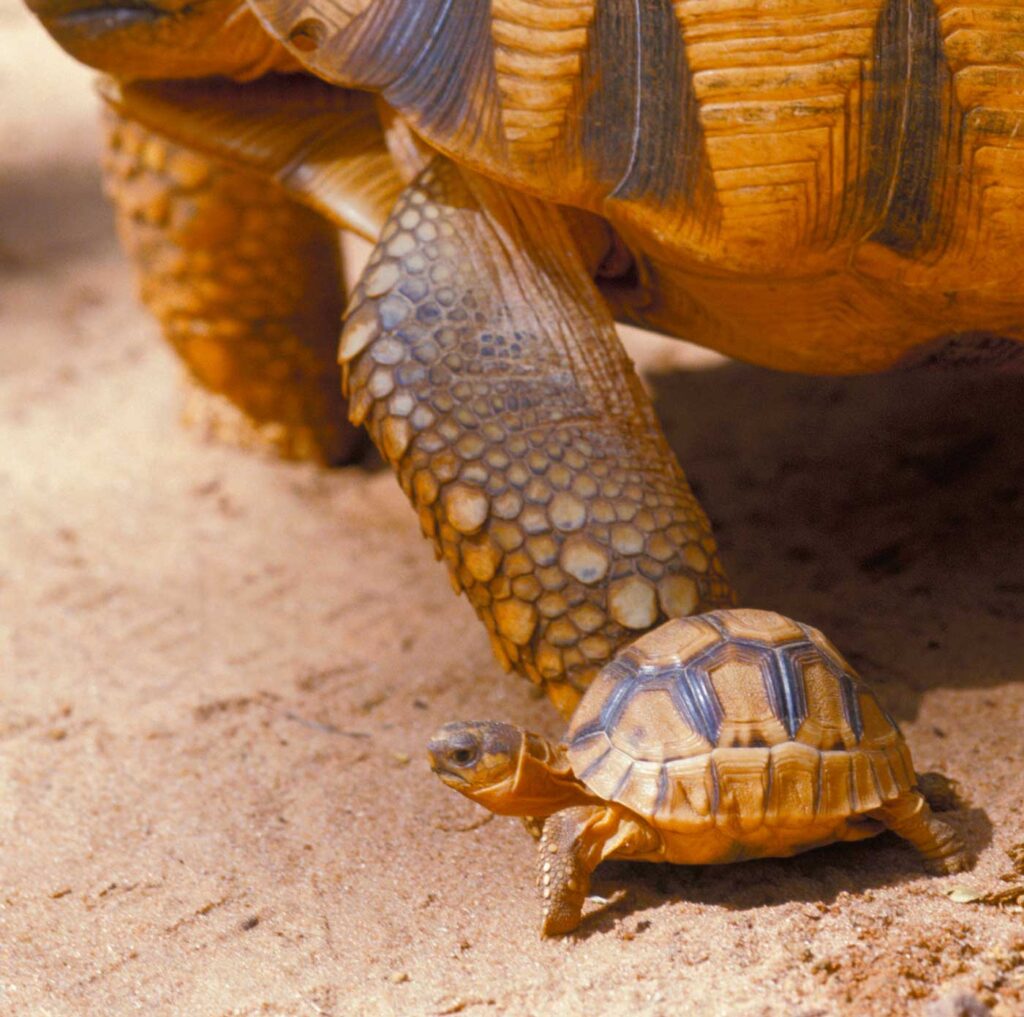
Photo: Nick Garbutt/naturepl.com
Why It Matters
Reptiles are among the most diverse and ecologically significant groups of vertebrates, yet many species remain poorly studied and increasingly threatened.
The Handbook of the Reptiles of the World aims to provide an indispensable resource for researchers, conservationists, and enthusiasts, while also supporting global efforts to document and protect reptile diversity and their habitats.

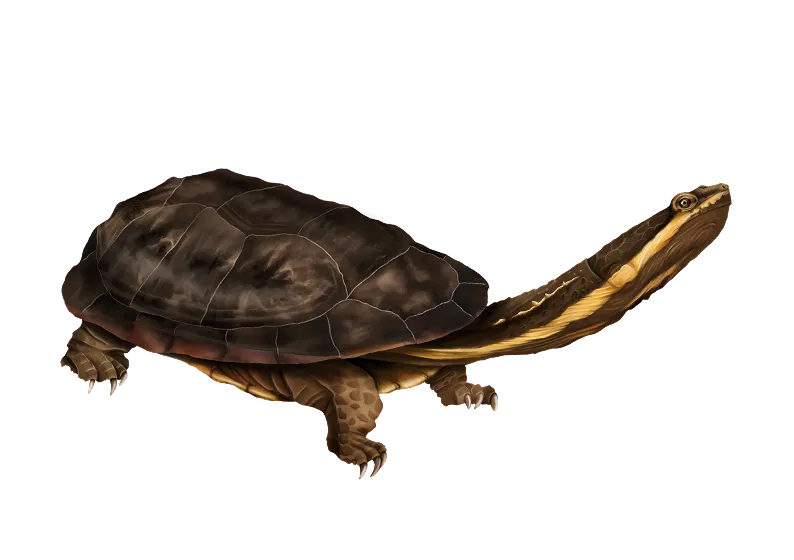
Sign up for our newsletter for launch updates,
early access to pre-orders, and exclusive previews.
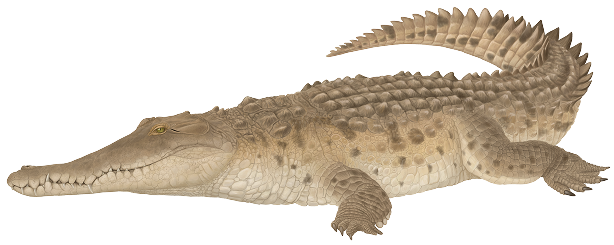








 Copyright 2025 © Lynx Nature Books
Copyright 2025 © Lynx Nature Books